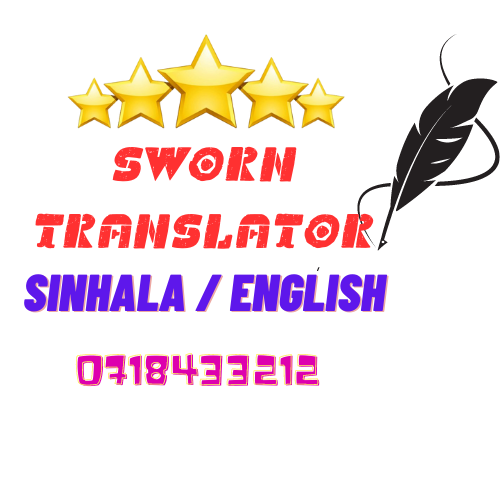Writing for web series can be a lot of fun! Here are some tips to get you started. Get feedback on your script and be open to making revisions. Testing your script with a small audience can provide valuable insights. The key is to make the most of the limited time you have and to tell a compelling story within that constraint.
Since you have limited time in web series episodes, your concept should be clear and concise. Focus on a central idea or theme. Capture your audience’s attention right from the beginning. A compelling opening can set the tone for the entire short episode. With limited time, you need to establish your characters efficiently. Use actions and dialogue to reveal their personalities.Craft a plot that is engaging and moves at a good pace. Every scene should contribute to the overall story. Dialogue in web series should be concise yet meaningful. Every line should serve a purpose. Take advantage of the visual medium. Show, don’t tell. Use visuals to convey emotions and information.
Sometimes, simplicity works best. A clear and straightforward story can be just as effective as a complex one. Since it’s a short format, don’t be afraid to experiment with storytelling techniques. Flashbacks, non-linear narratives, and other creative approaches can add depth. Good sound design and music can enhance the overall impact of your web series. Don’t overlook these elements. Get feedback on your script and be open to making revisions. Testing your script with a small audience can provide valuable insights.

